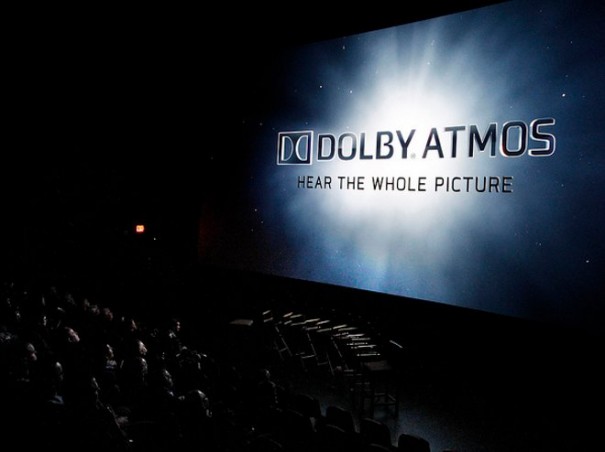News
Dolby Atmos
A few days ago Dolby Laboratories presented its new audio platform, Dolby Atmos, with which they intend to achieve a much more realistic and sensory experience in sound. The company wants Dolby Atmos to be able to transport people through the story thanks to the auditory experience, and for this they have implemented it in the production of Brave, Disney/Pixar film to be released in August (in Spain).
By combining the familiar playback channels and driving the sound with dynamic objects that envelop the listener, Dolby Atmos has introduced a hybrid approach to the mix for the first time. By dealing with individual objects, capturing the sound of their placement and movement is much more feasible, thus creating absolute flexibility in positioning in any space within a theater. It is when we mix the sound of individual objects with the creation of environments that surround the entire space that we achieve a powerful result for the viewer.
It is a solution that provides mixers, studios and distributors with the ability to enhance and advance the creation of a dramatic sense of sound that can support the story being told. Obviously, this new Dolby technology will not work for all types of productions, but is intended for what we call “blockbusters” and entertainment cinema.
 In addition to the creative aspect, it has also been created to simplify the distribution of films in a single universal package, leaving aside the installations of different theaters. Distribution is simplified into a single DCP (Digital Cinema Package), which can then be played back regardless of the number of channels or speaker placement (without having to perform multiple mastering). Dolby Atmos uses information from the speaker layout and the room’s playback capacity to determine the best way to deliver the sound.
In addition to the creative aspect, it has also been created to simplify the distribution of films in a single universal package, leaving aside the installations of different theaters. Distribution is simplified into a single DCP (Digital Cinema Package), which can then be played back regardless of the number of channels or speaker placement (without having to perform multiple mastering). Dolby Atmos uses information from the speaker layout and the room’s playback capacity to determine the best way to deliver the sound.
Using descriptive metadata about how the sound should be reproduced, it generates 5.1 and 7.1 channels that are automatically mixed, saving a lot of post-production time. Mixers can adjust them in real time and quickly switch between them to check that both are working at all times.
It has the ability to transmit up to 128 simultaneous, lossless audio inputs (channels or objects), which can go into a 5.1 or up to 64 speaker channels.
When it comes to Dolby Atmos implementation, the speakers will have to be amplified separately, so Harman Professional has worked with Dolby to optimize these speakers.
If you want more technical information you can look in the white paper or in this page.
I also leave you a video in which its operation is explained and demonstrated thanks to some animations on a movie theater.

